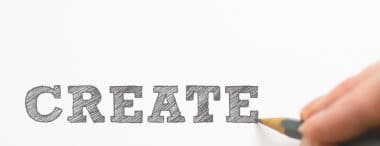CV formats: when to use them and why
Writing a CV is not easy. You need to use the right format, and to include your most important experiences to highlight your skills. But how many types of CV are there? What are the most common formats?
CV formats: what types are there?
- The reverse chronological resume: this is the classic format. You list your work experience, beginning with your most recent employment. This makes sense, because your employer is more interested in your most recent skills and qualifications than what you studied at high school. If you have no work experience, use your CV to mention your hobbies, but keep it brief.
- The thematic CV: ideal for those who have worked in different sectors. This type of resume is also ideal if you have worked in various fields within the same sector. For example, if you’re a journalist, but also have experience as a copywriter or social media manager, you can divide your CV into three separate sections, outlining your qualifications and expertise in the different areas of work.
- The infographic CV: very like the classic format. What’s different? The way the information is presented. It uses direct language, interesting graphics, and a more creative approach. The infographic CV is a good way to attract a creative company more used to receiving the classic format: visual impact is all.
- The video CV: a video no more than two minutes long is an ideal way to present yourself to a company looking for someone with good self-confidence or for work in the world of entertainment. If you choose this format, ensure that it is appropriate for the type of company you are applying to.
- The Europass CV: this is a standard CV format, which was widespread and popular until a few years ago, although not demanded by many companies. It has gone out of fashion now because it is rather too long, and does not place enough emphasis on the candidate’s work experience.



